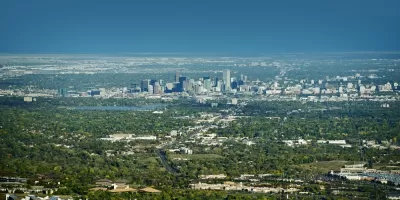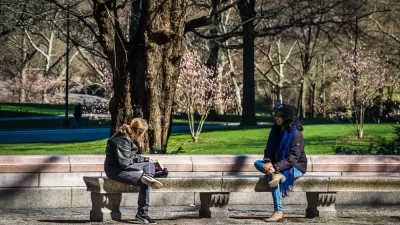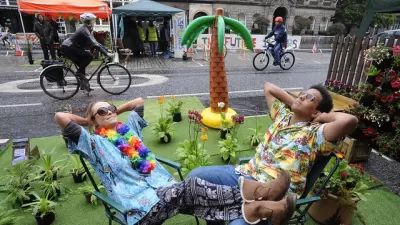The idea of cities as components of larger megaregions has lost some of its popularity, Alon Levy looks at regions around the world to try to understand how useful the concept is in understanding cities and regions.

About a decade ago, the idea of megalopolises or megaregions was a major topic of discussion for city planners and sociologists trying to understand industry and economies. This framework doesn’t carry the same currency today, but Alon Levy argues the concept remains useful for understanding some regions, even if it might have been applied too liberally in the past. Levy argues that the employment and social ties in the American Northeast make the region that stretches from Boston to Washington useful for considering other American population centers that do not fit the idea concept so neatly.
“To the extent that there’s a link between megaregions and wealth, it’s that in developing countries, or even in midcentury America, poorer regions are mostly rural, and their cities tend to be small and less likely to interlink to form large metro areas,” Levy argues in Pedestrian Observations. Levy sees density as a better indicator of a megaregion. If two cities share suburbs, for example, that shows their connection.
FULL STORY: Megaregions, Redux

Planetizen Federal Action Tracker
A weekly monitor of how Trump’s orders and actions are impacting planners and planning in America.

Restaurant Patios Were a Pandemic Win — Why Were They so Hard to Keep?
Social distancing requirements and changes in travel patterns prompted cities to pilot new uses for street and sidewalk space. Then it got complicated.

Maui's Vacation Rental Debate Turns Ugly
Verbal attacks, misinformation campaigns and fistfights plague a high-stakes debate to convert thousands of vacation rentals into long-term housing.

In California Battle of Housing vs. Environment, Housing Just Won
A new state law significantly limits the power of CEQA, an environmental review law that served as a powerful tool for blocking new development.

Boulder Eliminates Parking Minimums Citywide
Officials estimate the cost of building a single underground parking space at up to $100,000.

Orange County, Florida Adopts Largest US “Sprawl Repair” Code
The ‘Orange Code’ seeks to rectify decades of sprawl-inducing, car-oriented development.
Urban Design for Planners 1: Software Tools
This six-course series explores essential urban design concepts using open source software and equips planners with the tools they need to participate fully in the urban design process.
Planning for Universal Design
Learn the tools for implementing Universal Design in planning regulations.
Heyer Gruel & Associates PA
JM Goldson LLC
Custer County Colorado
City of Camden Redevelopment Agency
City of Astoria
Transportation Research & Education Center (TREC) at Portland State University
Camden Redevelopment Agency
City of Claremont
Municipality of Princeton (NJ)





























